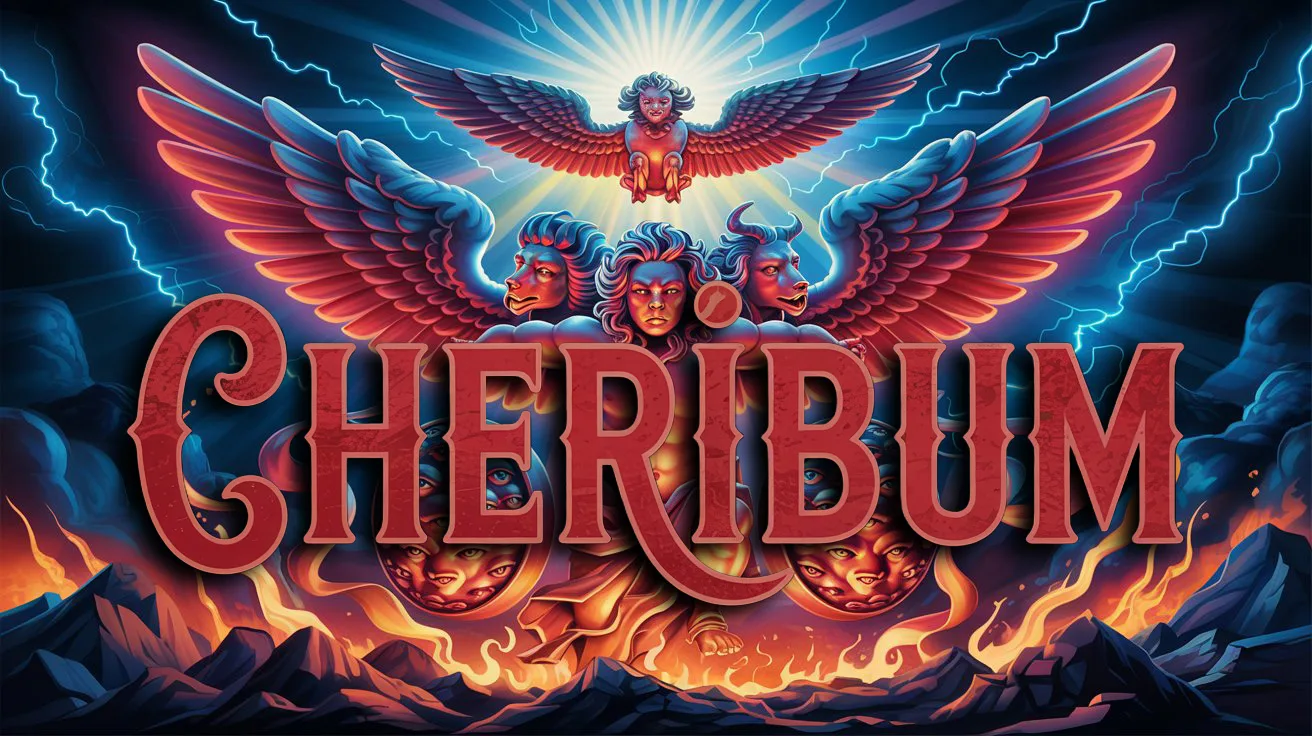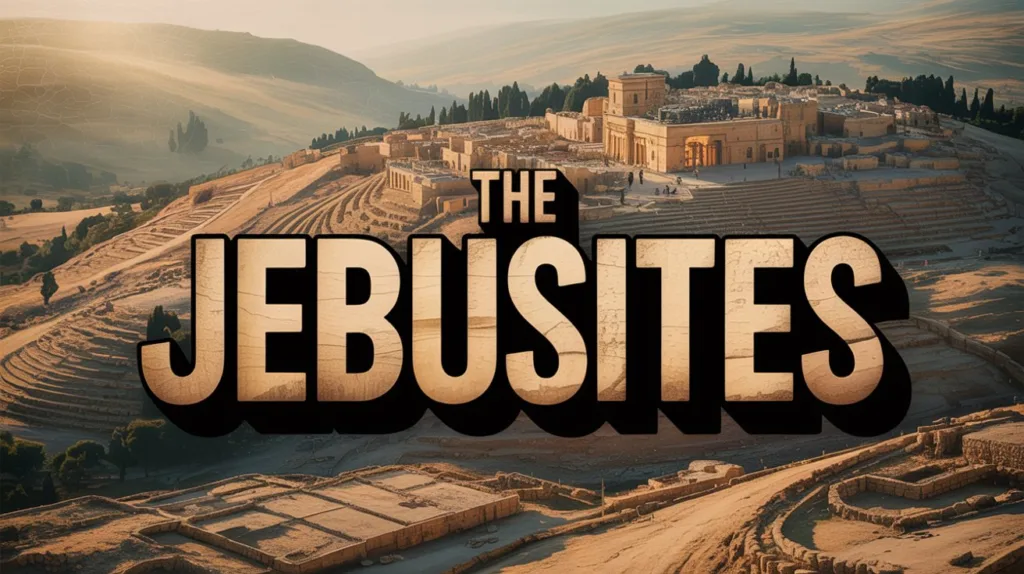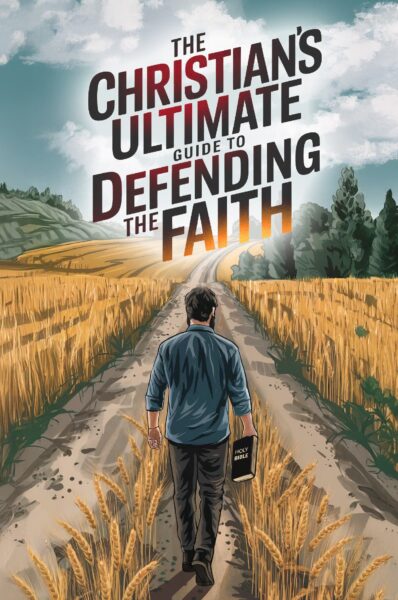Cherubim are not chubby baby angels as popular art suggests. In Scripture, they are mighty, fearsome, and holy creatures that dwell in the presence of God and serve Him with awe and power. They are among the highest-ranking beings in the heavenly order, and their appearance is awe-inspiring.
The first mention of them is in Genesis 3:24:
“So He drove out the man; and He placed cherubim at the east of the garden of Eden, and a flaming sword which turned every way, to guard the way to the tree of life.”
From the beginning, cherubim are guardians of holy things—specifically, the boundary between fallen man and the presence of God.
Cherubim in the Tabernacle and Temple
Moving to Exodus, God commanded Moses to represent the cherubim in the design of the Ark of the Covenant. In Exodus 25:18-20, God says:
“And you shall make two cherubim of gold;… the cherubim shall stretch out their wings above, covering the mercy seat with their wings… and their faces shall look one to another.”
This was not symbolic: it was a visual representation of heavenly realities. In the Holy of Holies, where God’s presence dwelt between the cherubim, the cherubim symbolized both the holiness of God and the guarded access to His throne. Psalm 80:1 says:
“Give ear, O Shepherd of Israel, You who lead Joseph like a flock; You who dwell between the cherubim, shine forth!”
And again in Psalm 99:1:
“The LORD reigns; let the peoples tremble! He dwells between the cherubim; let the earth be moved!”
Cherubim are consistently associated with God’s throne, His presence, and His glory.
Ezekiel’s Vision of the Cherubim
In Ezekiel 1 and again in Ezekiel 10, the prophet sees a vision of the glory of God with four living creatures, which are later explicitly identified as cherubim (Ezekiel 10:20). These descriptions are astounding.
Ezekiel 1:5-6 says:
“Also from within it came the likeness of four living creatures. And this was their appearance: they had the likeness of a man. Each one had four faces, and each one had four wings.”
Their four faces were those of a man, a lion, an ox, and an eagle (Ezekiel 1:10), representing wisdom, majesty, strength, and swiftness. Their movement was like flashes of lightning (Ezekiel 1:14), and wherever the Spirit went, they went (Ezekiel 1:20).
These are not passive beings: they are powerful, intelligent, spirit-led executors of God’s will. They accompany the glory of God and are deeply connected to His throne and Presence.
Satan: The Fallen Cherub
One of the most striking and chilling descriptions of cherubim is found in Ezekiel 28:12-17, where God speaks through the prophet to the “king of Tyre,” yet clearly shifts into describing a supernatural being. This passage is widely understood to refer to Lucifer, the fallen angel who became Satan. Ezekiel 28:14 says:
“You were the anointed cherub who covers; I established you; You were on the holy mountain of God; You walked back and forth in the midst of fiery stones.”
The term “anointed cherub who covers” links Satan’s original position to the cherubim above the mercy seat (close to the very presence of God). Verse 13 says he was “perfect in your ways from the day you were created, till iniquity was found in you.”
Satan was created with beauty, wisdom, and authority; but pride and rebellion led to his fall (Isaiah 14:12-15). This makes his fall all the more tragic: he once stood in the presence of the Almighty, guarding the throne, but chose self-exaltation over submission.
Role and Function of Cherubim
From Scripture, we can see several key roles of cherubim:
Guardians of Holiness – Genesis 3:24 shows them guarding Eden. They serve as a divine boundary.
Throne Bearers – Ezekiel 1 and 10 describe cherubim as surrounding and bearing the throne of God.
Mediators of Glory – In the tabernacle and temple, they are associated with the mercy seat, where God’s presence dwells.
Witnesses of Judgment – Ezekiel sees them in moments of divine judgment, such as the departure of God’s glory from the temple (Ezekiel 10:18-19).
Testimony of Worship – Their constant presence near the throne reveals a life of perpetual worship and reverence.
Unlike angels who often appear in missions to mankind, cherubim are primarily tied to the presence of God Himself (not messengers, but guardians and servants of divine glory).
Cherubim in Revelation
While the term “cherubim” is not used in Revelation, the “four living creatures” in Revelation 4:6-8 bear strong resemblance to Ezekiel’s vision. They are covered in eyes, have similar faces, and do not rest day or night, saying:
“Holy, holy, holy, Lord God Almighty, Who was and is and is to come!”
This confirms that cherubim continue in eternal worship before the throne (even into the age to come).
My Final Thoughts
Cherubim are fearsome, glorious beings created to serve God in the closest proximity to His holiness. They guard His glory, worship without ceasing, and testify to both His mercy and His justice. They are not gentle icons for décor; they are living symbols of divine majesty.
And how solemn is the fall of Satan: once an anointed cherub, now the adversary. He was not content to serve; he wanted to ascend. But cherubim remain ever faithful in their duty, reminding us that worship, reverence, and obedience are the only right response to the presence of God.
Let us be like them (not in form, but in faithfulness). May our lives be consumed with the same holy fire.





 Get the book that teaches you how to evangelize and disarm doctrines from every single major cult group today.
Get the book that teaches you how to evangelize and disarm doctrines from every single major cult group today.